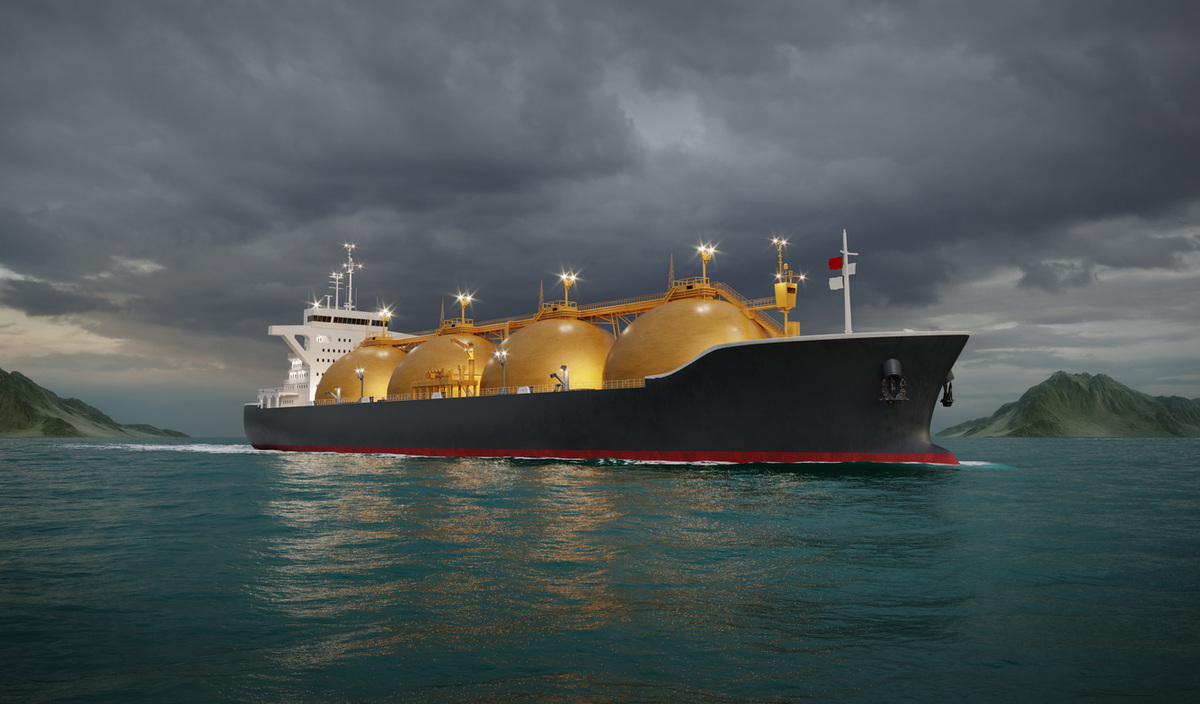Feasibility studies to curb methane slip completed
A consortium of marine tech and energy firms has completed three feasibility studies to check methane emissions in the maritime industry.
 PHOTO: A model of an LNG tanker at sea. Getty Images
PHOTO: A model of an LNG tanker at sea. Getty Images
London-headquartered Safetytech Accelerator has collaborated with energy companies Chevron and Shell, and shipping firms Carnival Corporation and Seapeak to complete the feasibility studies under the Methane Abatement in Maritime Innovation Initiative (MAMII) programme.
Formed in 2022, the programme is led by Lloyd's Register's technology arm Safetytech Accelerator.
The consortium selected three companies, Xplorobot, Sorama and framergy, that use different technologies to detect, measure and capture methane emissions for this project.
LNG-fuelled vessels and LNG carriers are prone to methane slip which occurs when gaseous methane escapes into the atmosphere during storage, transfer or when LNG is burned as fuel in combustion engines. According to the UN’s Intergovernmental Panel on Climate Change (IPCC), methane’s global warming potential is around 30 times greater than carbon dioxide (CO2).
US-based technology firm Xplorobot completed the evaluation for its handheld device with an AI-powered platform to detect and measure methane slip from LNG-fuelled vessels and carriers. It can identify leak locations and show real-time emission rate data, according to the consortium.
Another US-based firm Framergy, which specialises in adsorbents for methane emissions, has developed a product to filter methane from the atmosphere.
Dutch technology firm Sorama has developed acoustic cameras to detect methane slip by visualising sonic vibration fields through 3D imagery. The cameras can rely on acoustic monitoring to recognise methane leaks on LNG carriers.
The consortium is now working to start on-board trials for these technologies.
By Manjula Nair
Please get in touch with comments or additional info to news@engine.online





